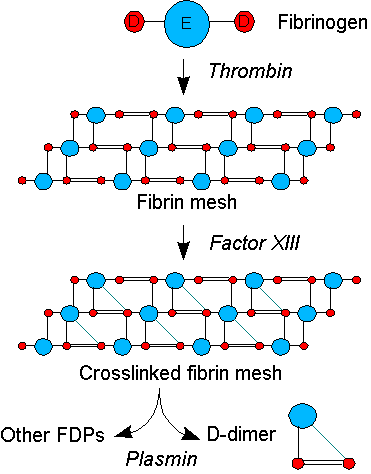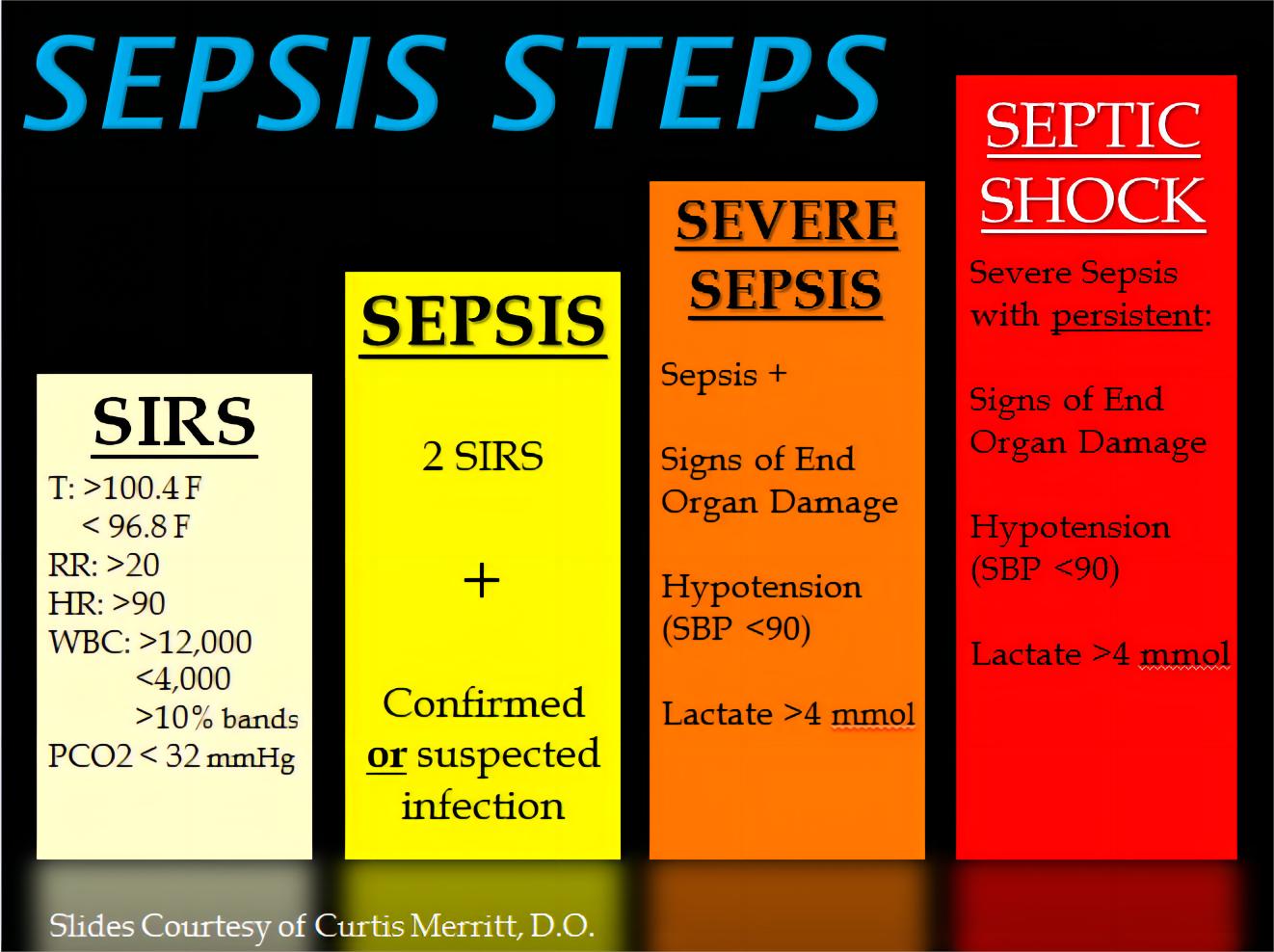In order to satisfy the need for quicker, more specific and more accurate prognosis and diagnosis of diseases, more and more novel biomarkers (e.g., D-dimer) have been discovered and assessed for their possible diagnostic potential. As a leading technology CRO in the field of in vitro diagnostic (IVD) industry, Creative Biolabs provides first-rate (polyclonal, monoclonal, recombinant) antibody development services against the marker D-dimer.
Introduction of D-dimer
D-dimer (or D dimer) is a fibrin degradation product (or FDP), a small protein fragment present in the blood after a blood clot is degraded by fibrinolysis. It is so named because it contains two D fragments of the fibrin protein joined by a cross-link. The level of D-dimer in the blood can rise when there are significant formation and breakdown of blood clots in the body. Thus, measurement of D-dimer can be used to help detect and diagnose clots-induced diseases, including myocardial infarction, atherosclerosis, stroke, and disseminated intravascular coagulation (DIC). DIC, on the other hand, can arise from a variety of situations, such as sepsis, poisonous snake bites, and liver diseases.
 Fig.1 D-dimer formation.Distributed under CC BY-SA 3.0, from Wiki,
without modification.
Fig.1 D-dimer formation.Distributed under CC BY-SA 3.0, from Wiki,
without modification.
D-dimer for Sepsis Prognosis & Diagnosis
In a study conducted by Kinasewitz et al. (2004), biomarkers (e.g., D-dimer, thrombin-antithrombin complexes, IL-6) of coagulation activation, anticoagulation, fibrinolysis, and inflammation were analyzed. Their findings suggested that abnormalities in biomarkers of inflammation and coagulation were related to disease severity and mortality outcome in patients with severe sepsis. In 2011, Gris et al. (2011) reported that D-dimer was a marker of poor outcome in various critical conditions including septic shock. Schwameis et al. (2015) conducted studies in patients with newly culture-diagnosed bacteremia and determined the extent of D-dimer release and their predictive role on the outcome at the earliest stage of bloodstream infection. The results suggested that D-dimer could be a promising marker of lethality at a very early stage of bloodstream infection.
 Fig.2 Sepsis steps.Distributed under CC BY-SA 4.0, from Wiki,
without modification.
Fig.2 Sepsis steps.Distributed under CC BY-SA 4.0, from Wiki,
without modification.
D-dimer Marker for Coronary Heart Disease
Coronary heart disease (CHD) is the heart disease which is caused by atherosclerotic lesions of the coronary arteries and finally results in myocardial ischemia, hypoxia or necrosis. As the marker of activated coagulation and fibrinolysis, the levels of D-dimer are able to reflect the active fibrin mesh formation and degradation. In recent years, some studies have confirmed that there are some associations between D-dimer values and CHD, but the further analysis should be performed to clarify whether D-dimer is causal risk factors or simply correlates of CHD.
D-dimer Marker for Aortic Dissection
Aortic dissection (AD) refers to the aortic lumen blood from the aortic intimal tear into the aortic medial membrane results in the membrane separation and along the long axis of the aortic artery to expand the formation of true and false two-chamber separation state. In chronic stages of the AD, the thrombotic process in the false lumen leads to the activation of coagulatory response and finally increases the D-dimer levels. As AD remains a potentially catastrophic cardiovascular disease, D-dimer has been reported to be a useful “rule-out” marker for the biochemical diagnosis of the AD.
D-dimer Marker for Deep Vein Thrombosis
Deep vein thrombosis (DVT) is the formation of blood clots within a deep vein with the possible symptoms of pain, redness, and swelling. As a marker of endogenous fibrinolysis, D-dimer can be detected in patients with DVT. Similar to pulmonary embolism (PE), D-dimer is a safe way to rule out the patients unlikely to have DVT when that plasma D-dimer concentration is less than 500 μg/L. In this case, D-dimer can be served as a high-efficient biomarker to detect DVT.
D-dimer Marker for Pulmonary Embolism
PE is a phenomenon of pulmonary artery obstruction caused by the substance traveled from other parts of the body. The signs of PE usually include low blood oxygen levels, rapid breathing, mild fever, rapid breathing, and even sudden death. It has been reported that the levels of D-dimer are increased in the patients with acute thrombosis and might be a suitable marker for the diagnosis of PE. A large number of studies have shown that plasma D-dimer concentration below 500 μg/L allows the exclusion of the diagnosis of PE. With high sensitivity and moderate specificity for PE, D-dimer has been served as the great marker for the exclusion of PE.
IVD Antibody Development Services for D-dimer Marker
IVD antibodies are essential elements of commercial antibody-based in vitro diagnostic kits. Creative Biolabs has built an IVD platform for not only the development of high-quality antibodies for diagnostic use but also antibody & antigen conjugation and IVD kit development. Thus, we can help develop polyclonal, monoclonal, and recombinant antibodies against D-dimer to aid in the development of IVD kits based on different immunoassay formats, such as latex-enhanced immunoturbidimetry, lateral flow immunochromatographic assays, and ELISA.
Supported by our highly specialized scientists and advanced platform, we are confident in providing services with the best quality and the most competitive prices. If you are interested in our services, contact us for more information.
For Research Use Only.

